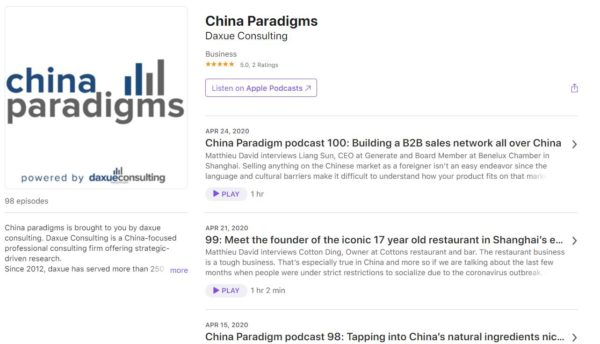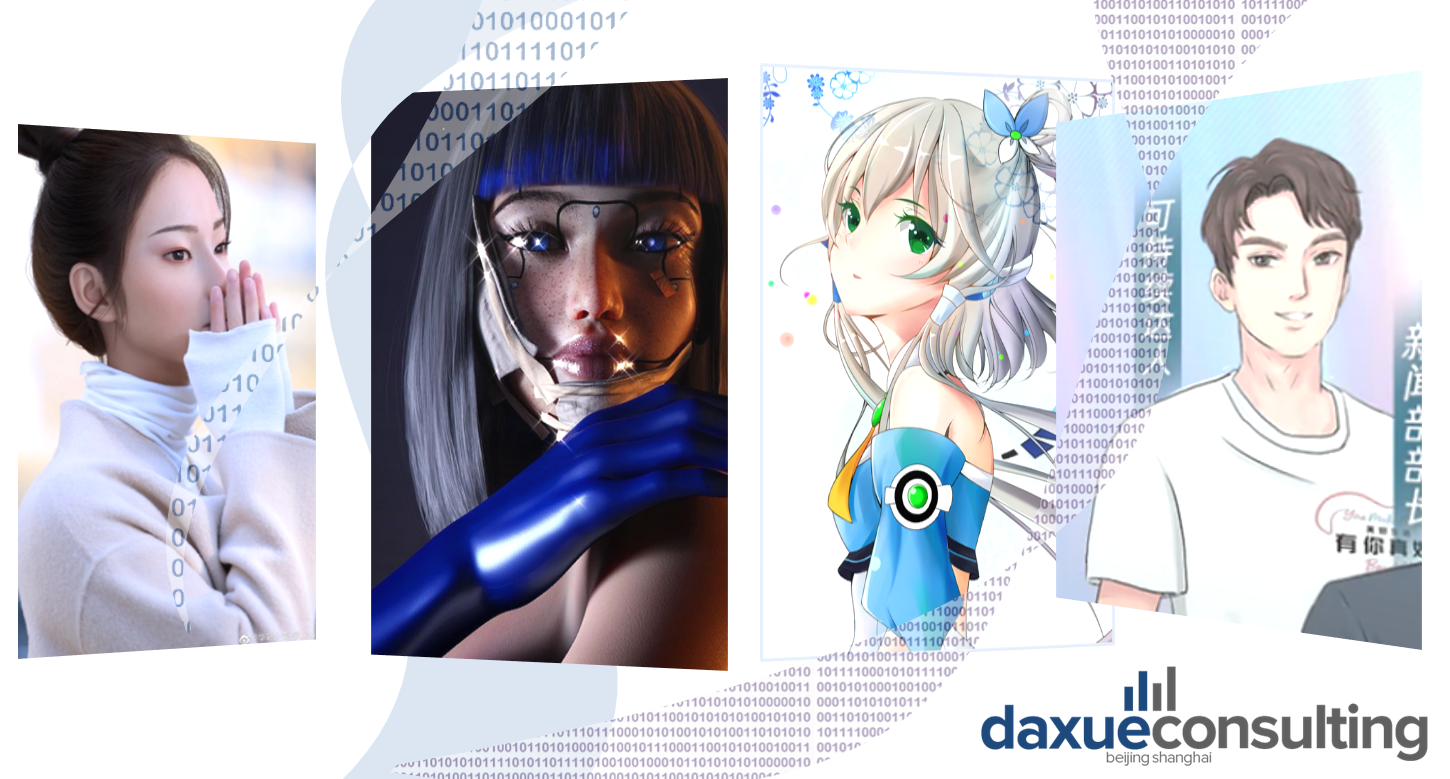L’Oréal announced their branded virtual idol for the brand’s Chinese fans, Mr Ou. L’Oréal is not the only brand to invest in a virtual ambassador, virtual influencers in China are a growing phenomena. In fact, by 2023, China’s virtual KOL market is expected to be worth RMB 1.5 billion according to South China Morning Post. While the virtual influencer market in China is currently only a sliver of the over 100 billion RMB KOL market, the market boasts great potential. According to research by streaming platform iQiyi, 64% of Chinese 14 to 24 year-olds followed virtual idols in 2019.
Where KOL marketing meets augmented reality technology: virtual influencers in China
China’s virtual influencers come in many shapes and forms. As we will dissect later, not only are their branded and independent influencers, but there are also distinct differences between virtual KOLs, which mostly promote through social media posts, virtual KOCs which manage more intimate connections with consumers, and virtual Idols, which take their influence to the next stage by performing.
Especially when it comes to live streaming, brands are eager to partner with virtual influencers in China. During 2020’s Double 11 shopping festival, Philips, L’Oreal, Unilever, and L’Occitane all used virtual hosts in their product promotion live-streams. In a China Daily interview, Philip’s head of Tmall marketing, Xiang Jing, said that every day they had a virtual host they saw record traffic.
Depending on how you calculate the costs, virtual influencers can either be a money saver or a budget breaker. Building the 3D models can be expensive, more expensive than hiring a popular KOL. However, as the technology improves, these costs will certainly decline. On the other hand, the creation of virtual influencers doesn’t necessarily need to be expensive, take Xiaowanzi for example, Perfect Diary’s two-dimensional non-animated KOC who can cover the work of an infinite amount of KOCs.
When and where did virtual influencers originate?
The first worldwide famous virtual idol was Japan’s Hatsune Miku. She was ‘born’ in 2007, and had run-away fame, which was about to land her on the 2020 Coachella stage (had the event not been cancelled due to COVID-19). In 2021, she has 1.5 million Youtube subscribers. Hatsune Mike will now be the first of many, as virtual idols and virtual influencers are popping-up on social media all over the world.
Let’s meet some of our favorite virtual influencers in China
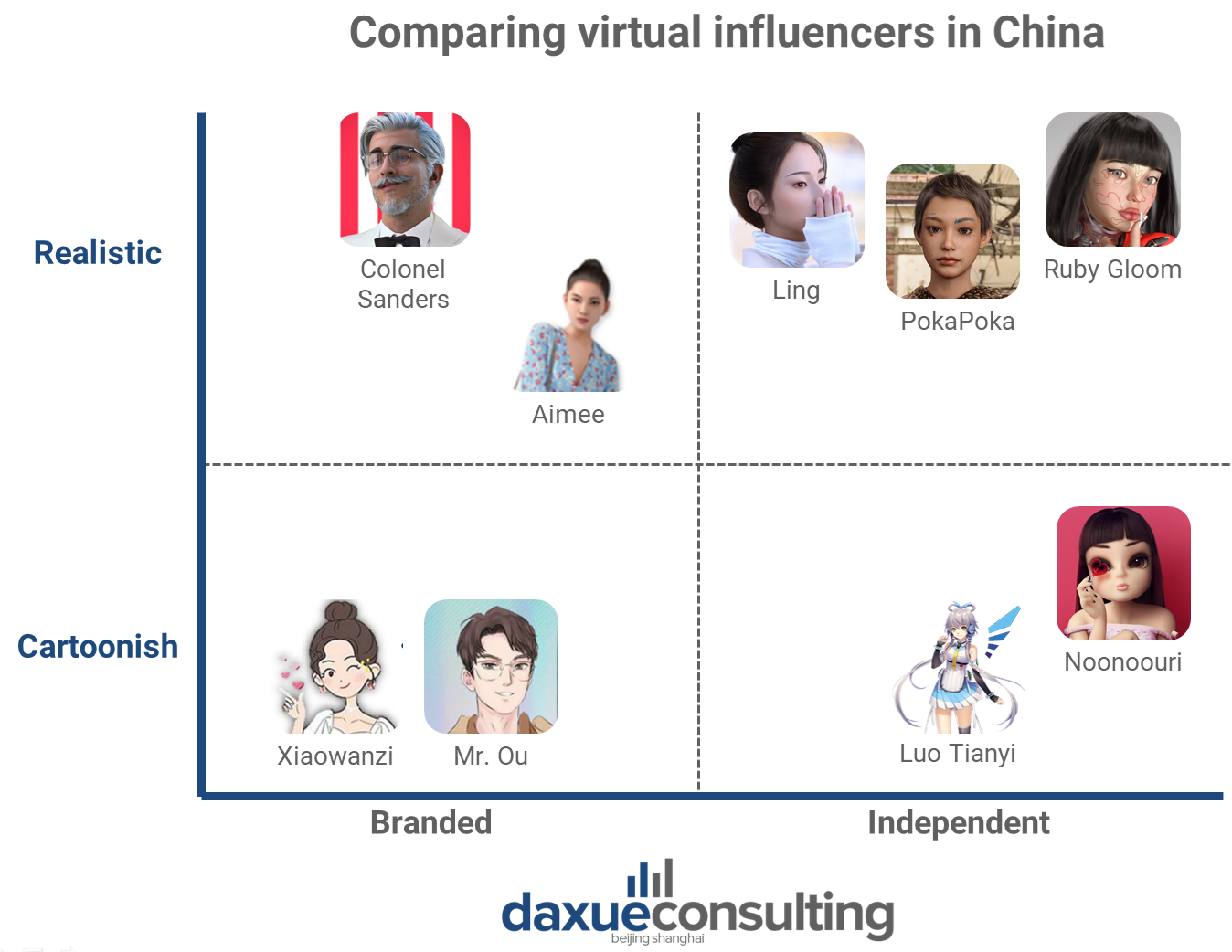
Volcaloid Luo Tianyi, China’s most famous virtual idol
Like Hatsune Miku, the Chinese virtual character Luo Tianyi (洛天依) is a volacoid at heart. As a part of Yamaha’s Vsinger project, she performs at holographic concert which fill arenas, and has also partnered with brands like Pizza Hut, KFC and L’Occitane. She has over 5 million Weibo followers, most of whom are generation z.
In May 2020, alongside other virtual idols, Luo Tianyi hosted a live-stream show on Taobao, where there was an astonishing 2.7 million viewers, most of which gave cash tips to the idols.
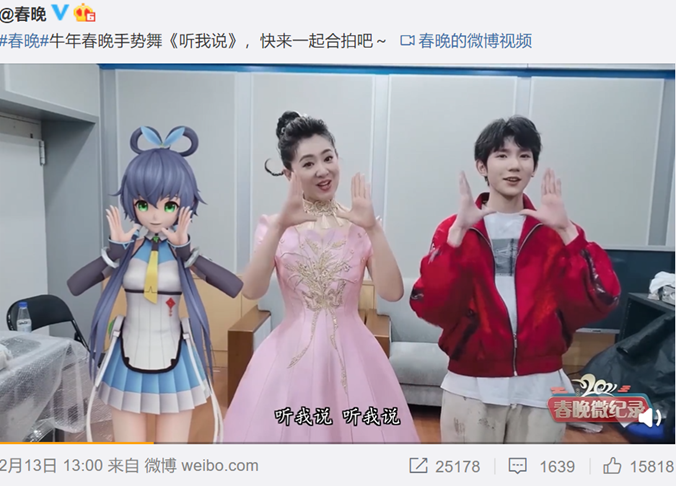
Source: Luo Tianyi’s official Weibo account, the Chinese virtual idol shared a video dancing for the 2021 Lunar New Year.
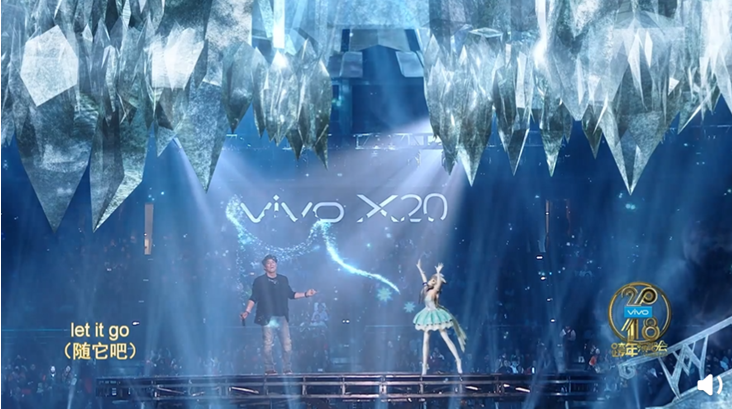
Source: Luo Tianyi’s official Weibo, the Chinese virtual idol singing Frozen’s ‘Let it Go’ on stage
Ling: China’s first AI generated virtual influencer
In May 2020, Xmov Information Technology Co., Ltd and Beijing Cishi Culture Media Company unveiled China’s first AI virtual influencer. Ling’s incredibly realistic look is thanks to Xmov’s own full-stack AI technology. Her facial expressions, and body movement down to each finger is driven by AI performance animation technology.
As the technology behind her supports ultra-realistic live-streaming and videos, Ling has some big plans in the near future. According to Xmov’s new release on PRNewswire, “Ling’s team will generate content around such characteristics as the national essence of Peking Opera and the combination of classic and modern fashion on social platforms like Weibo, Instagram, and TikTok”

Source: 华彩少年-翎Ling, Ling’s official Weibo account, post shared in early February shows the fine detail of the Chinese virtual influencer’s hair, eyebrows and fingernails.
Ling has made it onto the CCTV broadcasted “Bravo Youngsters” (华彩少年), a survival talent show featuring Chinese contestants under 25 years old, where she will sing Beijing Opera.
Aside from performing on the show Bravo Youngsters, Ling has partnered with Vogue, Tesla and Nayuki.
Noonoouri
Though originating from Germany, and created as a 18 year old French model, this chic virtual influencer made waves in China in 2019. She has collaborated with the likes of Dior, Louis Vuitton and Vogue China, and even became a Tmall Luxury Pavilion ambassador. Noonoouri has made the list as one of the top 15 virtual influencers globally in 2021, and is one of the only top global influencers to have a Weibo account. However, her Weibo post frequency has since waned while the influencer’s Instagram presence has only grown.
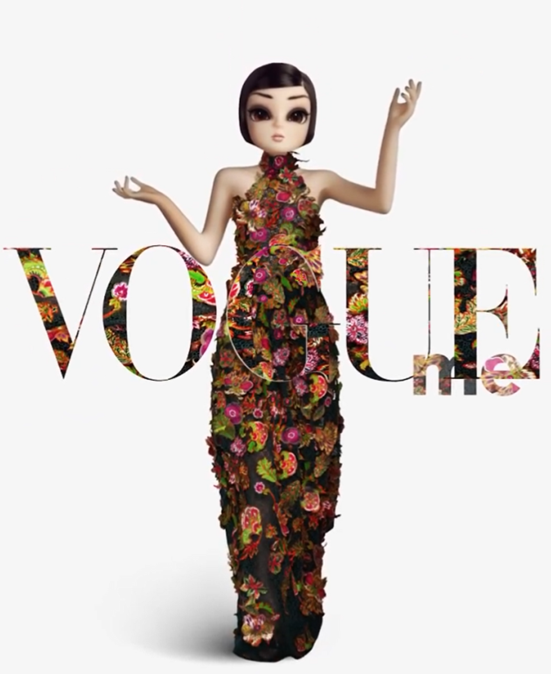
Source: 努努noonoouri’s official Weibo account, the virtual KOL’s Vogue promotional video
What is unique about Noonoouri is that she is value-oriented. She promotes a vegan lifestyle, and makes posts for the movement Black Lives Matter.
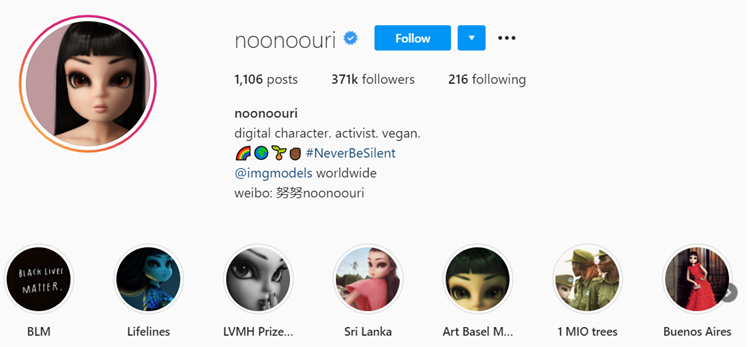
Source: noonoouri official Instagram account, the virtual influencer promotes activism on her Instagram, along with luxury brand sponsorships and travel.
Poka Poka: China’s homegrown virtual influencer
Poka Poka is one of China’s first home-grown influencers. Created in 2018 by the online magazine Voicer as a fashion-savvy “intern”, she sports a punk look and is often seen with a hint of paint splatter on her face. To make her more real, she even got a haircut and shares her ‘drawings’ on social media. Poka has collaborated with Gucci, Adidas, Canada Goose, and Monaco.
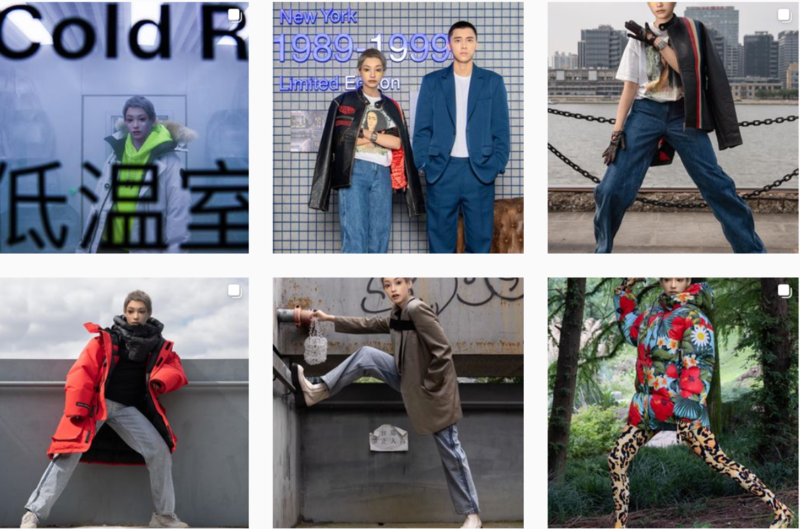
Source: Poka_Pokaka, Poka’s official instagram, the Chinese virtual influencer’s instagram posts have slowed since 2020
Ruby Gloom: The cyber-punk alter-ego of a Hong-Kong digital artist
In contrast to the other virtual influencers in this list, Ruby Gloom was not created by a company or agency, but by an individual. Ruby Gloom first appeared on the internet in 2012, between then and 2018 she has created her own “Cyber Ghetto” brand ‘Weegirlsclub’, and created art lines exhibited in California, New York, Vancouver, Berlin and Argentina.
The 30 year-old creator of Ruby Gloom, Chan Ka-yu, told The Popular Times, “I wanted to have an identity that could live forever — something which could replace me, because on the Internet we just want to portray the best version of ourselves.” She says she made the virtual influencer based on her own personal tastes and style, and even superimposes the face of Ruby Gloom onto her own photos.
The Hong Kong-based virtual influencer has accumulated over 70K instagram followers and posts several times a week, promoting brands like Adidas, Fendi, Balenciaga, and Chanel.
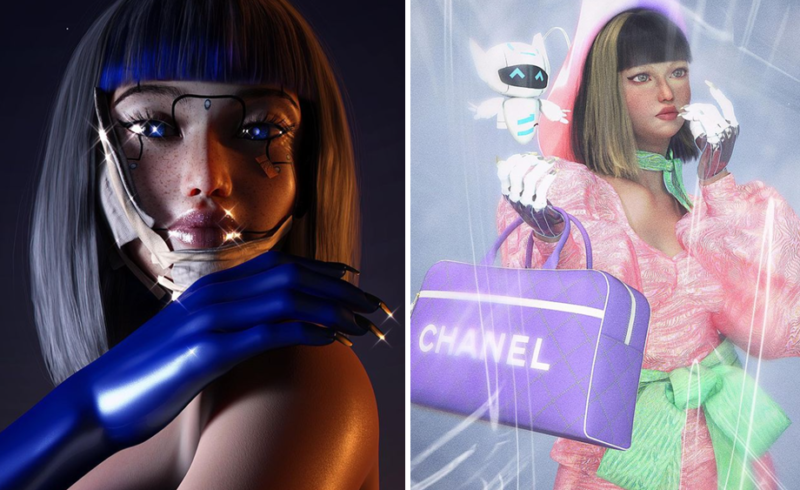
Source: Ruby Gloom’s official instagram, what sets her apart from other virtual influencers in China is that she is the digital alter-ego of a 3D artist.
Branded virtual KOLs in China
There are a lot of benefits for brands to create their own virtual influencers in China. For one, though the up-front costs are high, the virtual influencer can potentially replace costs of hiring a brand ambassador, and on a more obvious note, doesn’t have to sleep, drink or eat. Additionally, virtual brand ambassadors can be a good tool in co-branding and collaboration, as they can be lent out to other brands. Take KFC’s virtual Colonel Sanders, for example, who recently partnered with the brands TurboTax and Dr. Pepper.
L’Oréal’s Mr. Ou, a two-dimensional French-Chinese idol
Unveiled in early March 2021, Mr. Ou is a 2D multi-potentialist. He is a 24 year-old Chinese-French entrepreneur, environmentalist, and skincare ingredient enthusiast who works in the beauty industry. L’Oréal says that he will contribute content related to beauty, ingredients, sustainability and KOL interviews on their many social media channels.

Perfect Diary’s Xiaowanzi: Every make-up lover’s dream cosmetics consultant
Xiaowanzi is the Chinese beauty brand Perfect Diary’s own virtual KOC. She is any beauty fan’s dream digital make-up consultant; her personality is positive and lively. Private Traffic is key to Perfect Diary’s China market strategy, which Xiaowanzi plays a very important role.
At brand touch-points such as the Tmall store or an offline store, consumers are nudged to scan the QR code for Xiaowanzi’s WeChat account. From there, Xiaowanzi invites them to a WeChat group and may also give ‘lucky draw’ financial rewards.

Source: daxue consulting’s official Brand Independence in China repot, the virtual KOC shares 2-4 high quality beauty-related posts a day on WeChat and acts as a reliable beauty-savvy friend.

Source: Daxue consulting Brand Independence in China official report, each Xiaowanzi manages multiple WeChat groups, one operator controls many versions of the Chinese virtual KOC.
Tmall’s Aimee: The e-commerce platform’s own clothing model
Aimee is Tmall’s digital luxury pavilion ambassador who first appeared during the 2019 single’s day. In March 2020, she promoted Prada and Miu Miu during their Tmall launches. This virtual influencer helped launch Tmall’s clothing sales back into motion after the shock of COVID-19. Aimee is the first virtual influencer created by a Chinese e-commerce platform, which the platform can conveniently leverage to promote any of the products on their platform.
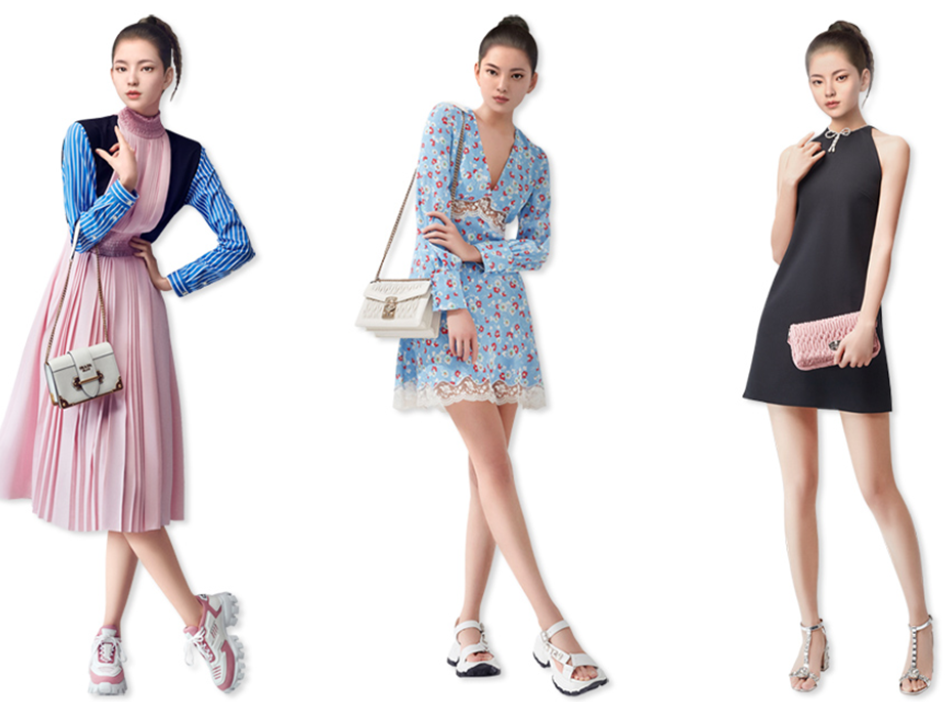
Source: RadiiChina, Aimee sporting Prada and Miu Miu on Tmall
Questions brands have to ask before leveraging virtual influencers in China
Is it worth taking the risk of sacrificing authenticity?
In a time already filled with aggressive influencer marketing, many consumers are craving more authentic interactions. However, for a band targeting a consumer base that’s keen on authenticity, choosing a virtual influencer could be a step in the wrong direction. Real humans provide the security of knowing that the product passed through their own judgment, but virtual influencers lack this dimension. However, some virtual influencers can still maintain their authenticity when they are run by a person, and function as an extension of that person, rather than being ran by a company. For example, Ruby Gloom is a virtual influencer with a higher level of authenticity.
Whether to create own branded virtual influencer or collaborate?
Designing a virtual influencer has high up-front costs, but if a brand can manage the costs, the return could last for years. Additionally, branded virtual influencers are a tool to collaborate with other brands. However, a fashion-forward brand accustomed to having a variety of celebrity endorsements may not benefit as much by having a single consistent virtual influencer, and would better invest the up-front creation costs on collaborations with existing virtual influencers.
Is it better to be real or cartoonish?
While realistic influencers are striking and futuristic, there are still benefits for simple and cartoony influencers.
Firstly, from an ethics standpoint, the more realistic an influencer, the more real people will feel the pressure and be compared to their appearance. While it may be tempting to design a perfect “36-24-36” model, keep in mind that real women will be compared to this model. So in designing a realistic virtual influencer, it is the responsibility of the designer to keep it real, and represent realistic body shapes.
Secondly, in aiming to be realistic, some avatars end up being creepy. Being very close to real has its benefits, which are clear from scrolling through the Weibo of Ling, or the Instagram of Ruby Gloom, however the skills and precision to create a highly realistic avatar is no simple feat, and falling short may cause virtual creations to land in the ‘creepy’ realm. Alternatively, keeping the avatar simple not only saves time and money, but may be more appealing for certain audiences. The character Noonoouri is unrealistic enough to not appear eerie, but still has the futuristic look of being 3D. In terms of simplicity, Xiaowanzi is a clear winner; she is a simple cartoon, which is all that is needed for her to get the job done.
Learn something new? Stay updated on the Chinese market by following our WeChat, scan the QR code below, or subscribe to our newsletter

Listen to over 100 China entrepreneur stories on China Paradigms, the China business podcast
Listen to China Paradigm on Apple Podcast
